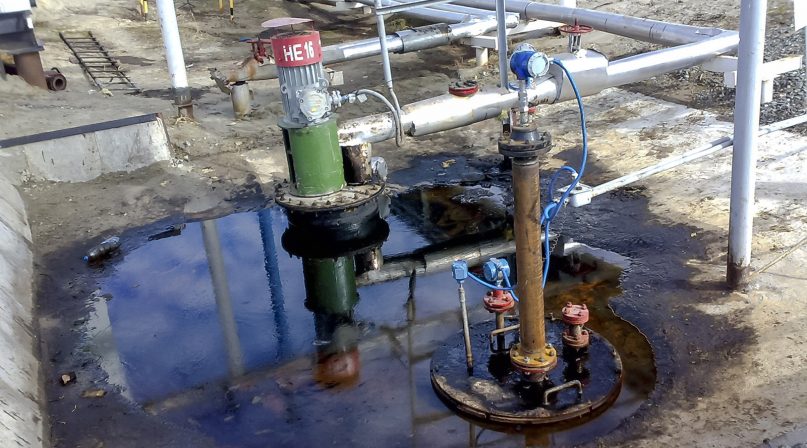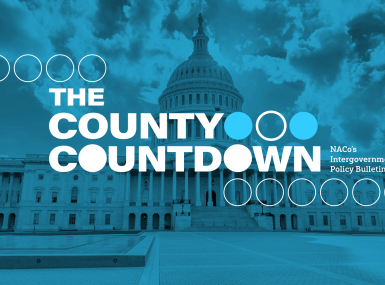Court rules wastewater injection wells require federal permit
Upcoming Events
Related News

Wastewater injection wells can be a regulated pollution source, require discharge permits
The U.S. Court of Appeals for the 9th Circuit has upheld a lower court’s decision in Hawaii Wildlife Fund v. County of Maui, finding wastewater injection wells can be a regulated pollution source under the Clean Water Act (CWA). By ruling that underground wells are “point sources” for pollution, thereby requiring a permit for discharge, the 9th Circuit Court’s decision, Feb. 1, may have a significant impact on both public and industrial underground injection wells, as well as municipally-owned wastewater and stormwater management facilities, especially those using water storage systems.
To comply with the ruling, Maui County estimates the county will be responsible for $2.5 million in upgrades, plus additional civil penalties.
Technically the ruling in this case only applies in the 9th Circuit (Alaska, Arizona, California, Hawaii, Idaho, Montana, Nevada, Oregon and Washington). But other federal circuit courts of appeals, which have yet to rule on whether an indirect discharge from a point source to navigable waters requires a federal permit, may find the 9th Circuit’s opinion persuasive. This may be all the more likely because it agrees with similar rulings from the 2nd and 5th Circuits.
The case in question involves Maui County, Hawaii’s practice of injecting millions of gallons of treated sewage wastewater into four underground wells. The county has been using this process since the mid-1970s and previously had not been required to obtain a CWA permit.
However, environmental groups challenged this approach, arguing the county should be required to obtain a CWA National Pollution Discharge Elimination System (NPDES) permit since the discharge, through groundwater, ultimately runs into the Pacific Ocean. Groundwater has historically not been regulated by the CWA, leaving the responsibility to the states.
Maui County argued the discharges were not regulated because they were not released directly into the ocean. However, the environmental groups performed a dye test indicating that, even though the wastewater was injected into groundwater, the injections eventually reached the ocean after nine months.
The Court of Appeals decision upheld a 2015 decision by the U.S. District Court for the District of Hawaii, ruling the county does in fact need to obtain an NPDES permit. In its decision, largely based on the “conduit theory,” the court stated that because the discharge has the potential to reach the Pacific Ocean, it is the “functional equivalent” of a direct discharge into a navigable water regulated under the CWA.
NACo filed an amicus brief in this case in favor of Maui County.
Lisa Soronen, executive director, State and Local Legal Center, also contributed to this report.
Attachments
Related News

County Countdown – Dec. 1, 2025
Every other week, NACo's County Countdown reviews top federal policy advocacy items with an eye towards counties and the intergovernmental partnership.

Counties Celebrate Key Permitting Inclusions in SPEED Act
NACo issued the following statement in response to the passage of the Standardizing Permitting and Expediting Economic Development (SPEED) Act (H.R. 4776), which advanced out of the U.S. House Committee on Natural Resources on November 20.

House Natural Resources Committee advances Standardizing Permitting and Expediting Economic Development (SPEED) Act
On November 20, the U.S. House Committee on Natural Resources advanced the Standardizing Permitting and Expediting Economic Development (SPEED) Act (H.R. 4776), which would make important changes to streamline federal permitting and strengthen county involvement in decision-making by amending the National Environmental Policy Act. Counties support commonsense permitting reforms, and NACo secured provisions in the SPEED Act that would guarantee counties a seat at the table during federal environmental reviews.